In recent years, bee colonies have died out in alarming numbers. Environmental and public health agencies have striven to discover the underlying causes, and implement policies that will reverse the phenomenon, which has become known as Colony Collapse Disorder (CCD). Can cannabis growers help to solve this crisis?
Do bees pollinate cannabis?
Generally, bees are attracted to flowers that are good producers of both nectar and pollen, and reject flowers that are insufficiently rewarding. In turn, flowers that require insect pollination have generally evolved to produce sufficient nectar to attract bees and other insect pollinators.
Bees aren’t normally attracted to cannabis, as it’s a wind-pollinated plant and therefore has no need of nectar to draw insect pollinators. But during times of “floral dearth”, when nectar-producing flowers are absent, cannabis flowers can become an important source of pollen. Bees require pollen in order to produce royal jelly. They also glean vital proteins, vitamins and minerals from it.
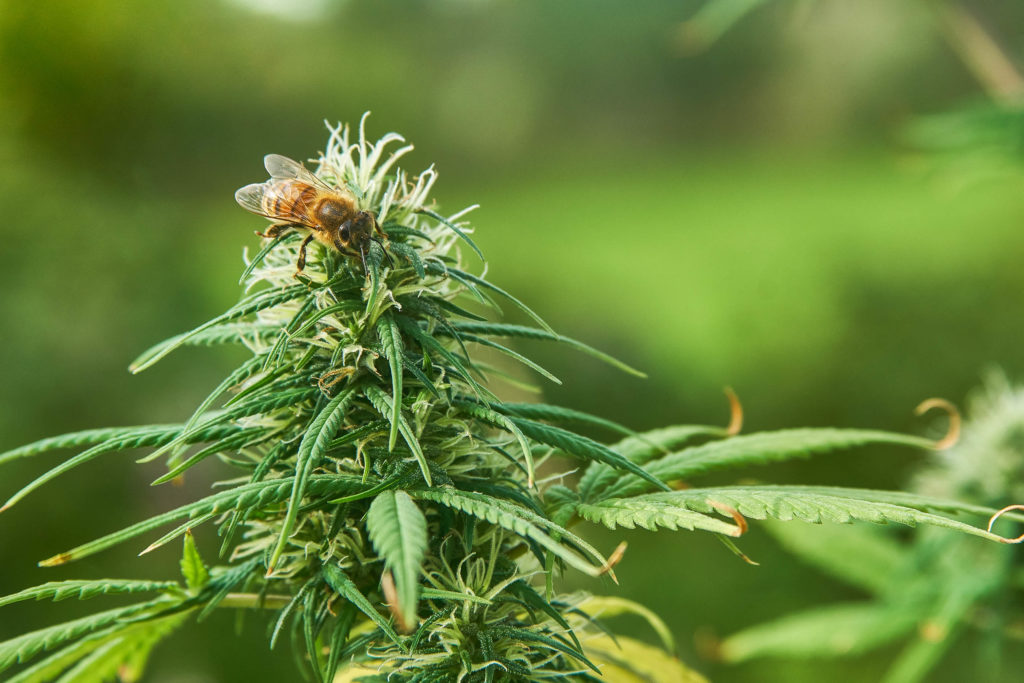
Industrial hemp may soon be a go-to source for pollen. A 2019 study at Colorado State University found that during peak hemp flowering season (when few pollinating crops were readily available to bees), there were more than 20 different bee genera attracted to the hemp plants.
Another study conducted in Punjab, India and published in 2012, showed that during a floral dearth period (in Punjab, this occurs in May and June), honeybees (Apis mellifera) turned to the abundant male cannabis plants growing wild in the region as a pollen source. As cannabis flowers don’t produce nectar, the bees that were observed feeding on the plants were specialized pollen-gatherers only.
Furthermore, the bees were observed feeding on male flowers only, during mornings and evenings. They were absent at other times. This is because anther dehiscence — the process whereby the male reproductive organs split to release pollen — occurs during these times. Thus, bees are attracted to cannabis plants, but only to males, only during floral dearth periods, and only during periods of peak pollen production.
What is colony collapse disorder?
Colony collapse disorder (CCD) is what happens when the majority of mature worker bees abandon the hive. They leave the queen and her immature brood behind, along with plenty of food, and some nurse bees to care for them. That the workers abandon the hive is key—in cases of CCD, no build-up of dead or dying bees is observed around the hive.
This bizarre and intriguing phenomenon has occurred throughout history, and is also known as “spring dwindle” and the “disappearing disease”. In Ireland, “a great mortality of bees” was recorded in 950 CE, and again in 992 CE and 1443 CE.
However, it appears that the frequency and severity of these collapses has been increasing over the past century. Whereas previous collapses would occur in relative isolation, seasonal bee losses are now significantly higher than expected every year. In 2007, some American beekeepers experienced 80-100% losses; ‘normal’ losses are around 10%.
CCD has been attributed to a variety of factors including viral or parasitical infections, in-hive chemicals used to treat the bees, genetically-modified crops, monoculture, general reduction in plant biodiversity, nutritional stress, and pesticide use.
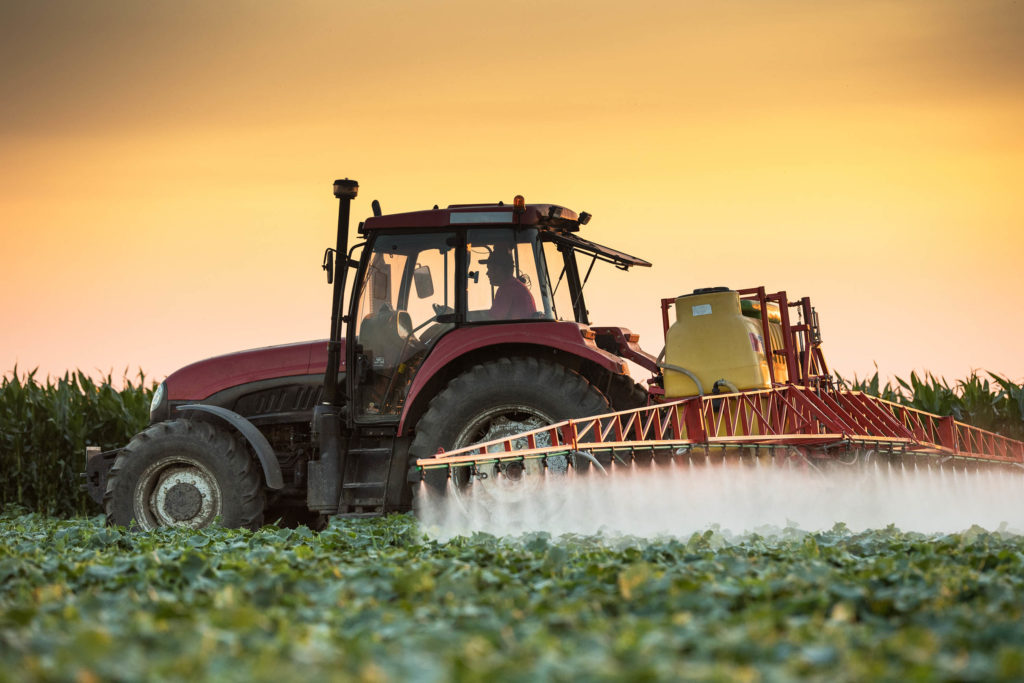
While no one factor has been proven to be responsible (and some, such as GM crops, are not thought to contribute greatly, as areas with large-scale cultivation of such crops are not correlated with high levels of CCD), it’s likely that a combination of factors is contributing to the overall ill-health of bee colonies worldwide.
Floral dearth period and CCD
During floral dearth periods, commercial beekeepers often supplement their bees’ diet with high-fructose corn syrup (HFCS), or sugar syrup with added protein. Interestingly, research has shown that bees fed on simple sugar syrup made from sucrose produce more brood in spring than bees fed on HFCS; furthermore, supplemental protein led to higher brood numbers but didn’t provide the young with complete nutrition.
Thus, beekeepers should supplement their bees’ diet with sugar syrup made from sucrose during floral dearth periods, and should supply them with a more nutritionally-complete source of protein than that provided by supplements. Pollen from cannabis or hemp, or similar species that flower at the appropriate times, would be an ideal way to provide bees with the complete profile of amino acids required to synthesize protein, along with a healthy mixture of vitamins and minerals.
Pesticide use and CCD
The role of pesticides in CCD is controversial and mired in political obfuscation. There are arguments for pesticides having a major role. On the other hand, there are also compelling counter-arguments suggesting that another, as-yet-unknown factor must also be in play, and that the role of pesticides is supplementary at most.
Neonicotinoids, for example, are a class of pesticide often associated with CCD. They’re used as extensively in Australia as elsewhere, but Australia has experienced no significant decline in honeybee numbers.
However, Australian bees have traditionally acquired their pollen from natural, unsprayed plant sources, rather than from commercial crops. And beekeeping in Australia is shifting from honey production to pollination of commercial monoculture crops such as almonds (already a common practice in the U.S.). As this happens, bees in Australia will be subject not only to the nutritional stress caused by prolonged feeding on a single food source but also to increased levels of agricultural chemicals including neonicotinoids.
There’s also evidence to suggest that several classes of pesticides and fungicides (including but not limited to neonicotinoids) currently used in combination may have a range of sub-lethal effects on bees, including feeding and reproductive behaviour.
Furthermore, even organic pesticides traditionally believed to be harmless for bees may actually do harm. At least one study claims that the commonly-used neem oil may be a potential contributor to CCD (discussed below).
Neem oil and bumblebee colony collapse
Azadirachtin, the active compound in neem oil, is a fundamentally important pesticide in organic farming, and selectively attacks various pests that cannot be controlled otherwise. However, a recent study concluded that male bumblebees were negatively affected “even at concentrations 50 times lower than the recommended levels used by farmers”.
At recommended levels, no males hatched in laboratory colonies; even at 50 times lower, the few males that hatched were deformed.
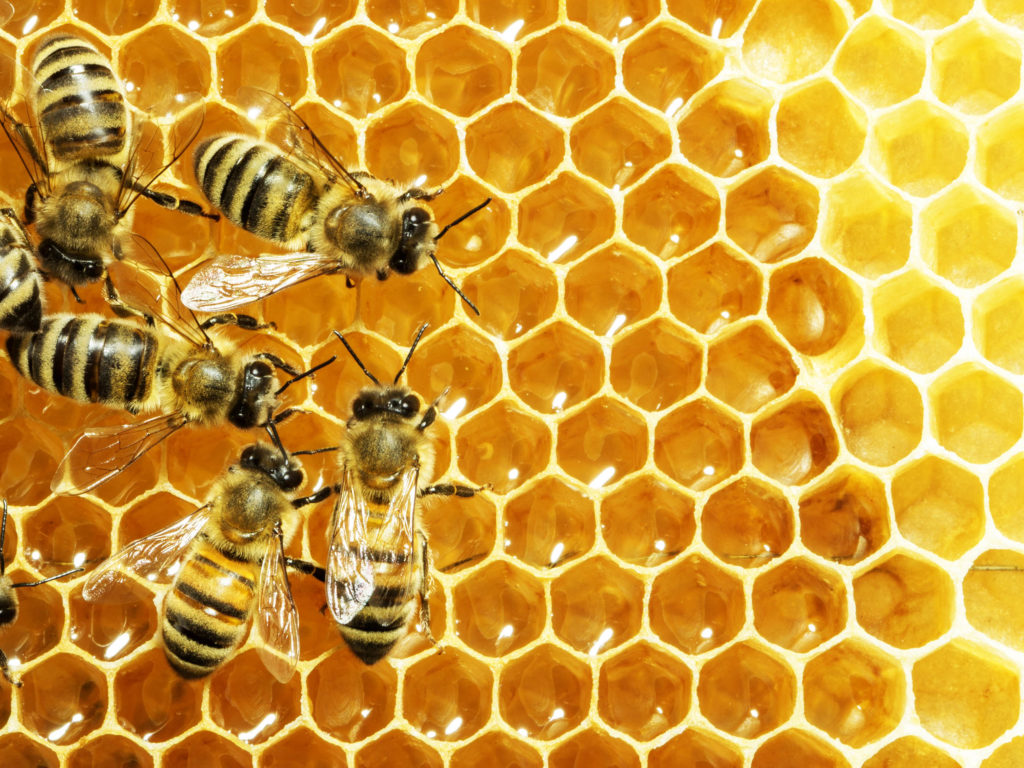
Previous research has indicated that neem oil is generally safe for honeybees, but bumblebees are nonetheless highly important pollinators of crops and wildflowers. This is, of course, vital for honeybees to survive and thrive.
The use of any substance that threatens biodiversity should be avoided at all costs. The ongoing loss of plant and animal species throughout the planet is now considered the Earth’s sixth mass extinction event. Threatening the existence of pollinator species, who by their very nature are depended upon for the survival of various plant species, is particularly unwise.
Ensuring your cannabis is bee-friendly
As we’ve seen, during the floral dearth period, bees may be attracted to cannabis plants. Although far more likely to target male plants, they may also visit females due to similarities in aroma. However, only male cannabis plants can act as a food source for bees. Thus, growers who keep male plants outdoors (or hemp growers, who tend to grow male plants as standard) may be providing an invaluable service to local bee populations during floral dearth periods.
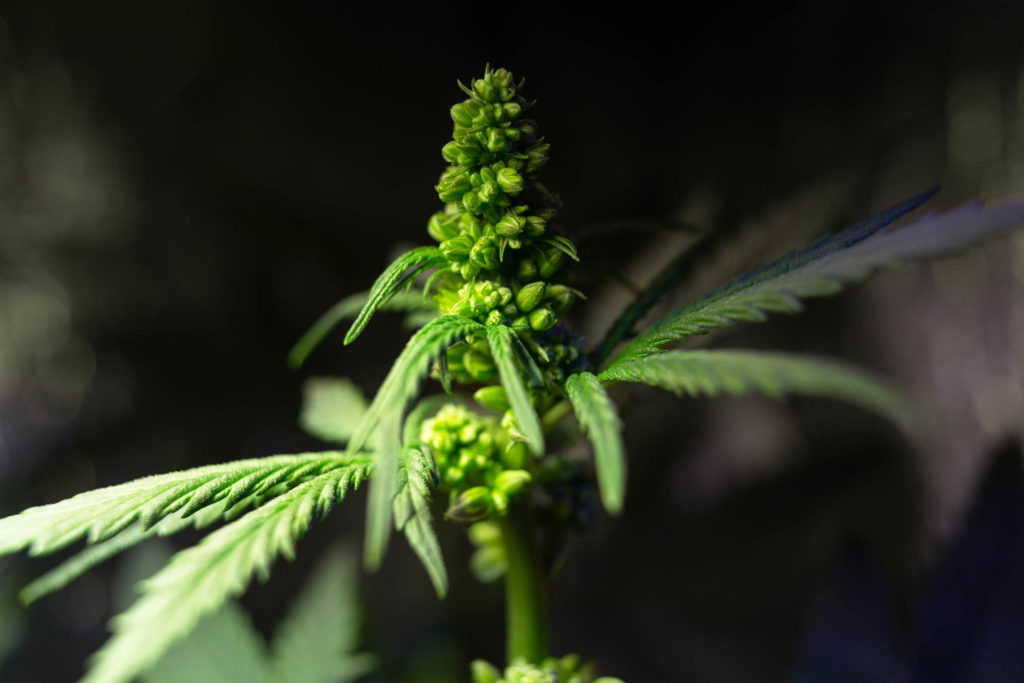
Pesticides used on cannabis, even organic pesticides such as neem, may contribute to CCD in honeybees and bumblebees. Thus, outdoor plants, whether male or female, should wherever possible be managed with non-chemical methods of insect control. Beneficial insects, nematodes, enzymes and so on can all play a part in keeping plants pest-free without the need to resort to chemical sprays… yes, even those with organic credentials that are traditionally deemed safe for honeybees.
Cannabis growers can do very little about the main contributing factors to CCD, which are likely to be related to large-scale agricultural monoculture of insect-pollinated crops, along with the habitat fragmentation, loss of biodiversity and increased use of chemicals that goes with such a system.
However, as a community we can ensure that we do the maximum to make our contribution to CCD minimal or non-existent. By growing hemp or male cannabis outdoors, and avoiding chemical pesticides such as neem oil, we may even help to alleviate the problem to some extent.
- Disclaimer:Laws and regulations regarding cannabis cultivation differ from country to country. Sensi Seeds therefore strongly advises you to check your local laws and regulations. Do not act in conflict with the law.







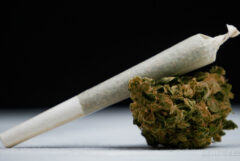


I have a colony establishing itself in the drainage holes of one of my 25 gallon pots. I grow organically, and rely on organic tea to feed my marijuana plants. I thought the bees might not like the smell of the tea as it drains out the holes, but quite the opposite is true. They seem to love it! And more and more of the honey bees keep arriving, setting up home and thriving. There’s plenty of other flowering plants besides my marijuana…but I think this is just a safe place for them to cohabitate. I’m allergic to bee stings, but the honey bees do not seem aggressive at all….as long as my stupid Burnese Mountain dog pup doesn’t bump his clumsy HUGE ass into the pot, I should be okay…wow! You learn something new every day! This makes me very happy! Medical marijuana is turning out to be good for all creatures!
Christine